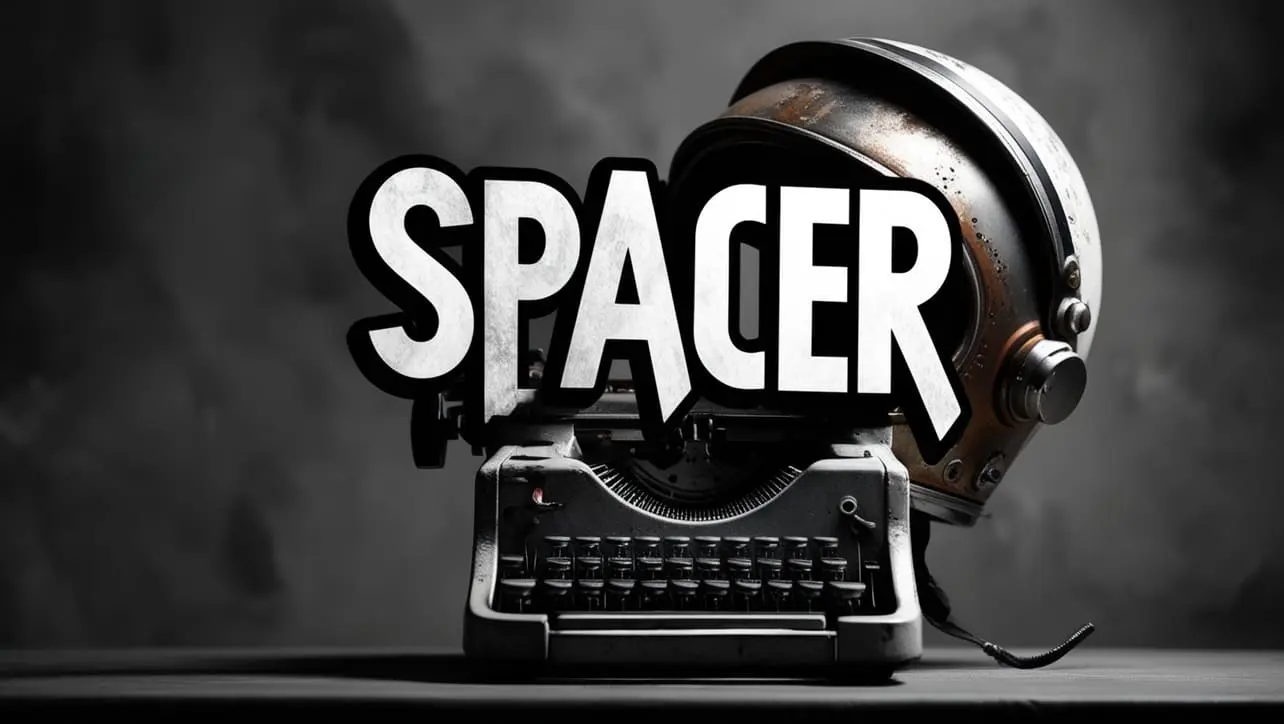
HTML Topics
- HTML Intro
- HTML Basic
- HTML Editors
- HTML CSS
- HTML Tags
- <!--...-->
- <!DOCTYPE>
- <a>
- <abbr>
- <address>
- <area>
- <article>
- <aside>
- <audio>
- <b>
- <base>
- <bdi>
- <bdo>
- <bgsound>
- <blink>
- <blockquote>
- <body>
- <br>
- <button>
- <canvas>
- <caption>
- <cite>
- <code>
- <col>
- <colgroup>
- <data>
- <datalist>
- <dd>
- <del>
- <details>
- <dfn>
- <dialog>
- <div>
- <dl>
- <dt>
- <em>
- <embed>
- <fieldset>
- <figcaption>
- <figure>
- <footer>
- <form>
- <h1> to <h6>
- <head>
- <header>
- <hgroup>
- <hr>
- <html>
- <i>
- <iframe>
- <img>
- <input>
- <ins>
- <kbd>
- <label>
- <legend>
- <li>
- <link>
- <main>
- <map>
- <mark>
- <menu>
- <meta>
- <meter>
- <nav>
- <noscript>
- <object>
- <ol>
- <optgroup>
- <option>
- <output>
- <p>
- <param>
- <picture>
- <pre>
- <progress>
- <q>
- <rp>
- <rt>
- <ruby>
- <s>
- <samp>
- <script>
- <search>
- <section>
- <select>
- <small>
- <source>
- <span>
- <strong>
- <style>
- <sub>
- <summary>
- <sup>
- <svg>
- <table>
- <tbody>
- <td>
- <template>
- <textarea>
- <tfoot>
- <th>
- <thead>
- <time>
- <title>
- <tr>
- <track>
- <u>
- <ul>
- <var>
- <video>
- <wbr>
- HTML Deprecated Tags
- HTML Events
- HTML Event Attributes
- HTML Global Attributes
- HTML Attributes
- HTML Comments
- HTML Entity
- HTML Head
- HTML Form
- HTML IndexedDB
- HTML Drag & Drop
- HTML Geolocation
- HTML Canvas
- HTML Status Code
- HTML Language Code
- HTML Country Code
- HTML Charset
- MIME Types
HTML spacer tag

Photo Credit to CodeToFun
🙋 Introduction
In the landscape of HTML, the <spacer> tag once played a significant role in web design.
However, its usage has evolved over time, and understanding its current status and alternatives is essential for modern web development.
🤔 What is <spacer> Tag?
The <spacer> tag was historically used to create empty spaces or gaps between elements on a webpage. It was particularly popular in the early days of HTML for layout purposes.
🚫 Deprecated Status:
As of HTML5, the <spacer> tag has been deprecated and is no longer recommended for use in modern web development. Instead, developers are encouraged to use CSS for spacing and layout purposes, which provides more flexibility and control.
💡 Syntax
In its deprecated form, the <spacer> tag had a simple syntax:
<spacer type="horizontal" width="20" height="20">🧰 Attributes
The <spacer> tag supported two main attributes:
- type: Specifies whether the spacer is horizontal or vertical.
- width/height: Determines the width or height of the spacer, depending on its type.
📚 Common Use Cases
In the past, the <spacer> tag was commonly used for:
- Creating whitespace between elements to achieve specific layout designs.
- Implementing spacing within table cells to adjust the alignment of content.
🖥️ Browser Support
Since the <spacer> tag is deprecated, its support in modern browsers may vary. However, most browsers still render it as expected for backward compatibility. It's essential to note that its usage is not recommended for new projects.
- Google Chrome: Partial support (some versions may have limitations).
- Mozilla Firefox: Partial support (some versions may have limitations).
- Microsoft Edge: Partial support (some versions may have limitations).
- Safari: Partial support (some versions may have limitations).
- Opera: Partial support (some versions may have limitations).
- Internet Explorer: Partial support (some versions may have limitations).
Ensure you test your code in various browsers to guarantee a seamless experience for your audience.
🏆 Best Practices
Given the deprecated status of the <spacer> tag, there are no best practices for its usage. Instead, focus on adopting modern CSS techniques for layout and spacing to ensure compatibility and maintainability.
🔄 Alternatives
For achieving spacing and layout in modern web development, consider using:
- CSS margin and padding properties to create space around elements.
- Flexbox or CSS Grid for more complex layout requirements.
- Semantic HTML elements to structure your content effectively.
🎉 Conclusion
While the <spacer> tag served its purpose in the early days of HTML, its deprecated status signifies the evolution of web development practices.
Embracing modern CSS techniques and semantic HTML elements ensures better compatibility, maintainability, and accessibility in your web projects.
👨💻 Join our Community:
Author

For over eight years, I worked as a full-stack web developer. Now, I have chosen my profession as a full-time blogger at codetofun.com.
Buy me a coffee to make codetofun.com free for everyone.
Buy me a Coffee












If you have any doubts regarding this article (HTML spacer Tag), please comment here. I will help you immediately.